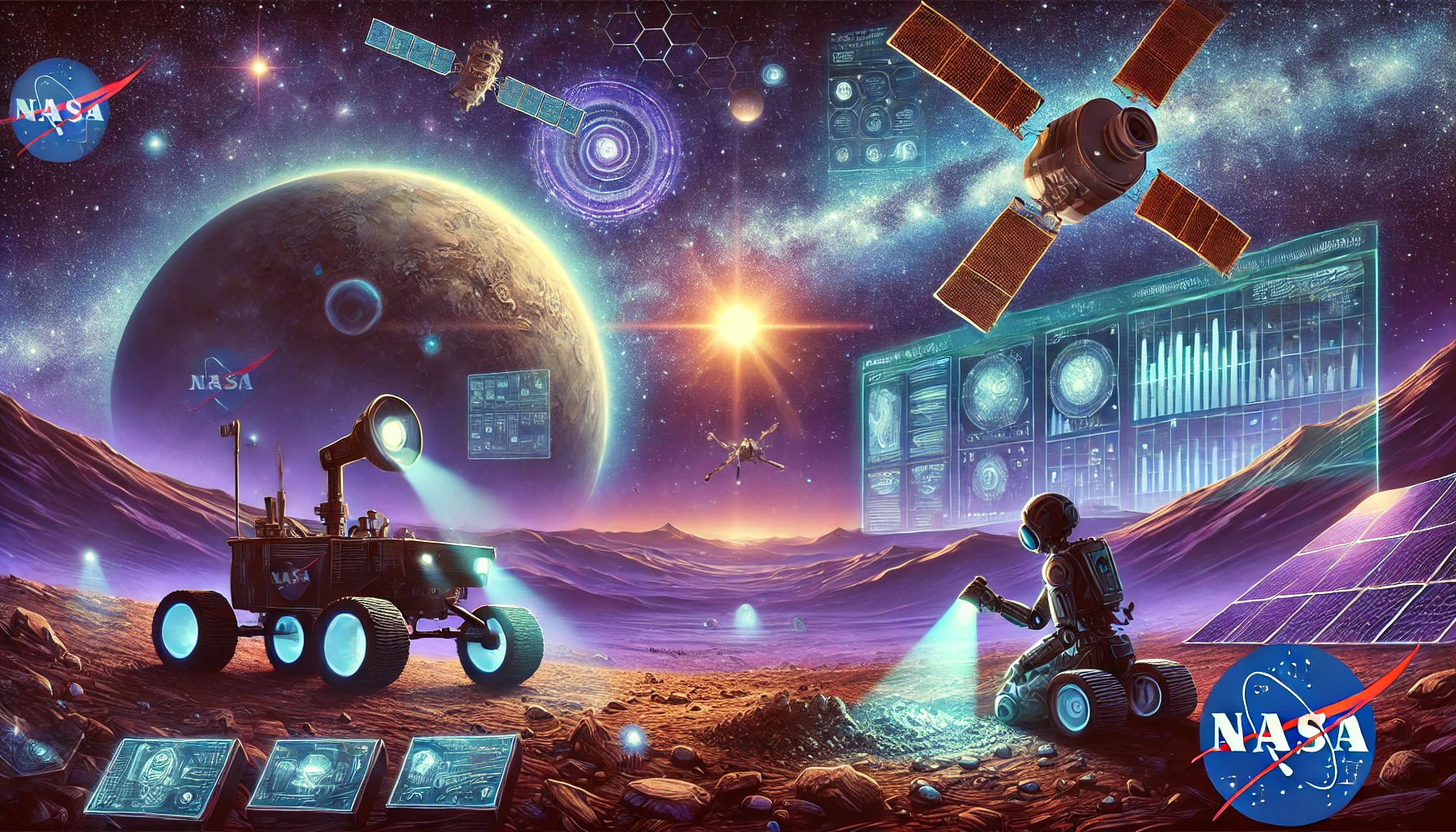What NASA mission is trying to find life?
Article Source: Google Books

Why you should care
Exploring the possibility of extraterrestrial life is one of humanity's most exciting quests. NASA's missions aren't just about discovering aliens—they aim to answer profound questions about our origins, the uniqueness of Earth, and the future of life in the universe. These missions inspire innovation, unite global curiosity, and push the boundaries of what's possible in science.
Answering the question… What NASA mission is trying to find life?
NASA's Perseverance Rover, part of the Mars 2020 mission, is actively searching for signs of ancient life on Mars. It explores the Jezero Crater, a dried-up lake bed believed to harbor evidence of microbial life. By analyzing soil, rocks, and organic materials, the rover collects samples for eventual return to Earth, aiming to detect biosignatures that could confirm past Martian life.
How was the study done?
The mission deploys cutting-edge technology, including high-resolution cameras, a robotic arm, and an onboard laboratory, to analyze Mars's geology and climate. Perseverance uses tools like SHERLOC (Scanning Habitable Environments with Raman & Luminescence for Organics and Chemicals) to scan for organic compounds. The rover also stores rock samples in sealed tubes, to be retrieved by future missions.
What was discovered?
- Ancient Habitability: Jezero Crater was confirmed to have hosted liquid water 3.5 billion years ago, a crucial factor for life.
- Organic Molecules: Preliminary scans detected organic compounds, which, while not definitive evidence of life, are promising indicators.
- Atmospheric Insights: Perseverance found that Mars's thin atmosphere contains trace amounts of methane, possibly hinting at biological processes.
- Sample Collection: Over 15 samples of Martian rock and soil have been preserved for future analysis on Earth, allowing scientists to use advanced techniques unavailable on the rover.
- Technological Milestones: The mission successfully tested the Ingenuity Helicopter, marking the first controlled flight on another planet, showcasing potential for expanded planetary exploration.
Why does it matter?
The Perseverance mission is a giant leap in humanity's quest to answer the age-old question: Are we alone in the universe? By studying Mars’s ancient conditions and collecting samples, NASA aims to uncover whether life once existed there, deepening our understanding of planetary habitability. Success in this mission could redefine our place in the cosmos and lay the groundwork for human exploration of Mars.
Read more here.
